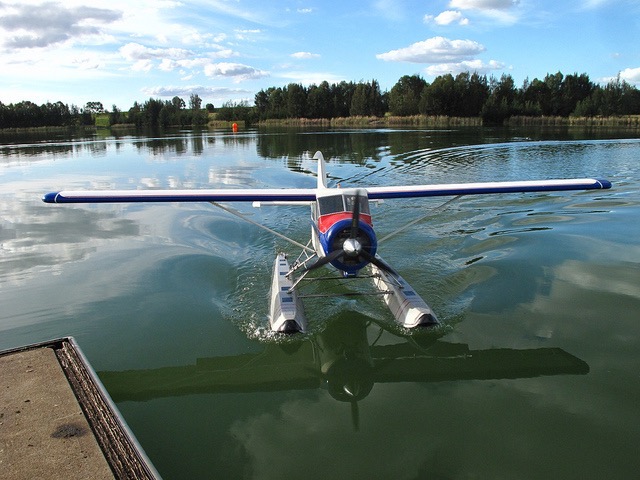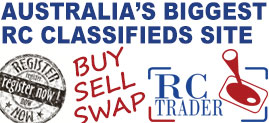Flight school: the thrill of float planes
Everyone can enjoy flying and building model aircraft. Whether you are young or old, it's a great sport through which you can safely enjoy the adrenalin rush of a seriously fun flight, build models and form great friendships.
Joining our clubs and listening to other members is a great way to learn more about the sport.
Wayne Miller, a member of the Noarlunga Model Aero Sports club in Adelaide, is a keen float plane pilot who has provided some tips on aircraft choice and set-up for float planes based on his personal experience..
Wayne is a keen model flyer and has attended the Premier Float Plane events run by the Albury/Wodonga Twin Cities Aero Modellers, on Lake Hume, near the famous Ettamogah Pub site for nearly 25 years.
His first trip across to Albury was in a two-door coupe silver Turbo Charged Mitsubishi Scorpion, packed with two stripped down 40 size trainers, floats, fuel, clothes, and his long-time friend, Tom Klocke.
According to Wayne, they slid along muddy roads after they turned off the highway at Swan Hill, and took the wrong road, all while driving in intense rainstorms.
"We were off to show the float plane gurus in NSW that they weren't the only ones who could fly these bloody things on water," he said.
"We actually met and made many long term friendships, which have lasted through out the years."
Wayne has enjoyed many years of float plane flying from houseboats up and down the Murray River. He has a range of float planes from slow "trainers", to over-powered, hi-speed Delta wing amphibians.
Choose the right aircraft for success
Here are some suggestions:
1) 40 size HIGH WING, LIGHT WEIGHT "ARF" powered by 46/50 2-stroke or 50/60 4-stroke
2) 60 size HIGH WING, LIGHT WEIGHT "ARF" powered by 55/75 2-stroke or 65/80 4-stroke
Remember; weight is a "killer" with float planes because you have to carry the extra weight of the floats, so "wing loading" is very important to your success.
For the growing electric model market, here are a couple of examples, but be warned, LiPo batteries and water don't go well together.
Sooner or later you will tip or cartwheel the model into the water, and drench it, generally due to inexperience, in handling crosswinds and trying for beautiful, but difficult soft arrivals on the water.
The E-Flite Apprentice is one of the best value performance packages I have seen.
This is a good looking, and good value foam plane. It takes only a couple of hours to assemble and flies on the included 3S. 3200 LiPo. It is available in:
RTF (ready to fly) including transmitter for around $450
BNF (bind and fly), use your own transmitter, for around $395
Foam floats with steerable tiller or water rudder for around $80
A bonus for the novice is that it also comes with a 3 axis stabilisation system, which helps to keep the plane level, and offers you the chance of keeping your model in one piece for longer.
Check it out at your local hobby shop.
The much larger Classic 60 is another good quality ARF, and a proven working power package by two of our current club members.
Example 1
Electric motor OS 50, 60-70 amp ESC, 6S.5000-30c, 14x10E APC, 10-15 minute flight times
Example 2
Electric motor E-Flite 60, 60 amp ESC, 6S.5000-30c, 14x8E APC, 10-15 minute flight times
Example 3
The slightly more experienced pilot can pick up from a local hobby shop the small, but spectacular performing Joysway Delta amphibian, which can take off from water, snow or grass without wheels!
This model is definitely for the thrill seeker and not recommended for your first water experience. Most float plane pilots will quickly identify this small rocket with the much larger and brilliant Balsa USA North Star.



